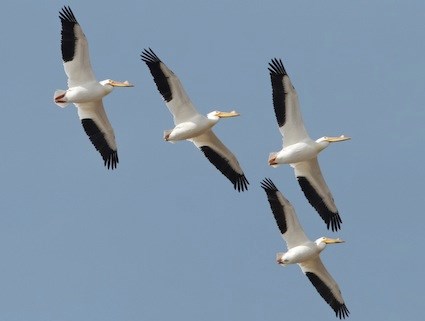1. You might know that the Refuge was established in 1908 by President Theodore Roosevelt to preserve the birds and other wildlife that call the area home. But did you know that in 1975 it became a Wilderness Preservation Area? This gives the area the highest level of government protection. One of the main goals is to ensure habitats for endangered or threatened species.

2. The NWR is only accessible by boat and stretches from Mule Key to the Marquesas, encompassing over 208,000 acres. Only 1% of that area is covered in land.
3. The islands in the refuge are dominated by mangroves. Only a few beaches on woman key and Boca Grande exist. and none of islands contain fresh water, making it unlivable for terrestrial mammals. This is one reason why there are so many birds!
4. Over 250 species of birds use the sanctuary as either a full-time residence or a layover on their migrations. It protects endangered species, such as the piping plover and roseate tern. Many wading birds, such as herons, nest in the refuge.
 |
| Piping Plover |
 |
| Loggerhead Turtle as seen from one of our snorkeling trips |
7. We love this time of year (March and April) as many migratory birds head north. For bird watchers, this can provide the best diversity of bird life throughout the entire year. Although we lose some of our wintering birds, like the white and brown pelicans, we know they will be back next winter!
 |
| White Pelicans: a rare sight that always provides excitement! |
9. Inside Barracouta and Boca Grande (two of our most popular kayaking destinations) sit a large salt pond. Large numbers of wading birds gather in these interior pools, hosting many of the endangered species. Unfortunately these areas are off limits to our eco tours, but have a significant influence on the diversity of birds that we frequently see.
10. We never get tired of it! Many of our captains and mates who have been with Danger for over a decade still get excited about Bald Eagle sightings and swimming alongside turtles. Every day on the water is a little different. Not knowing what we my see on any given day is half the fun!





